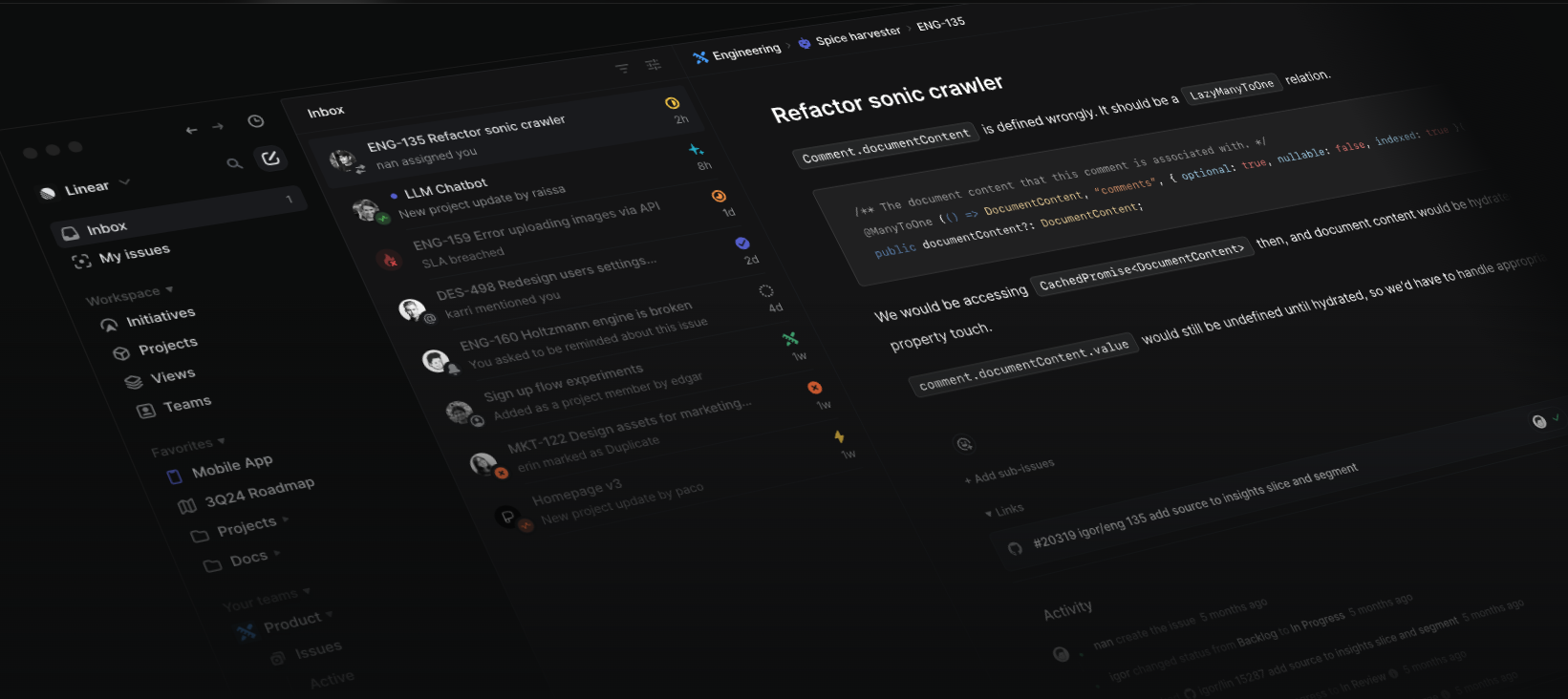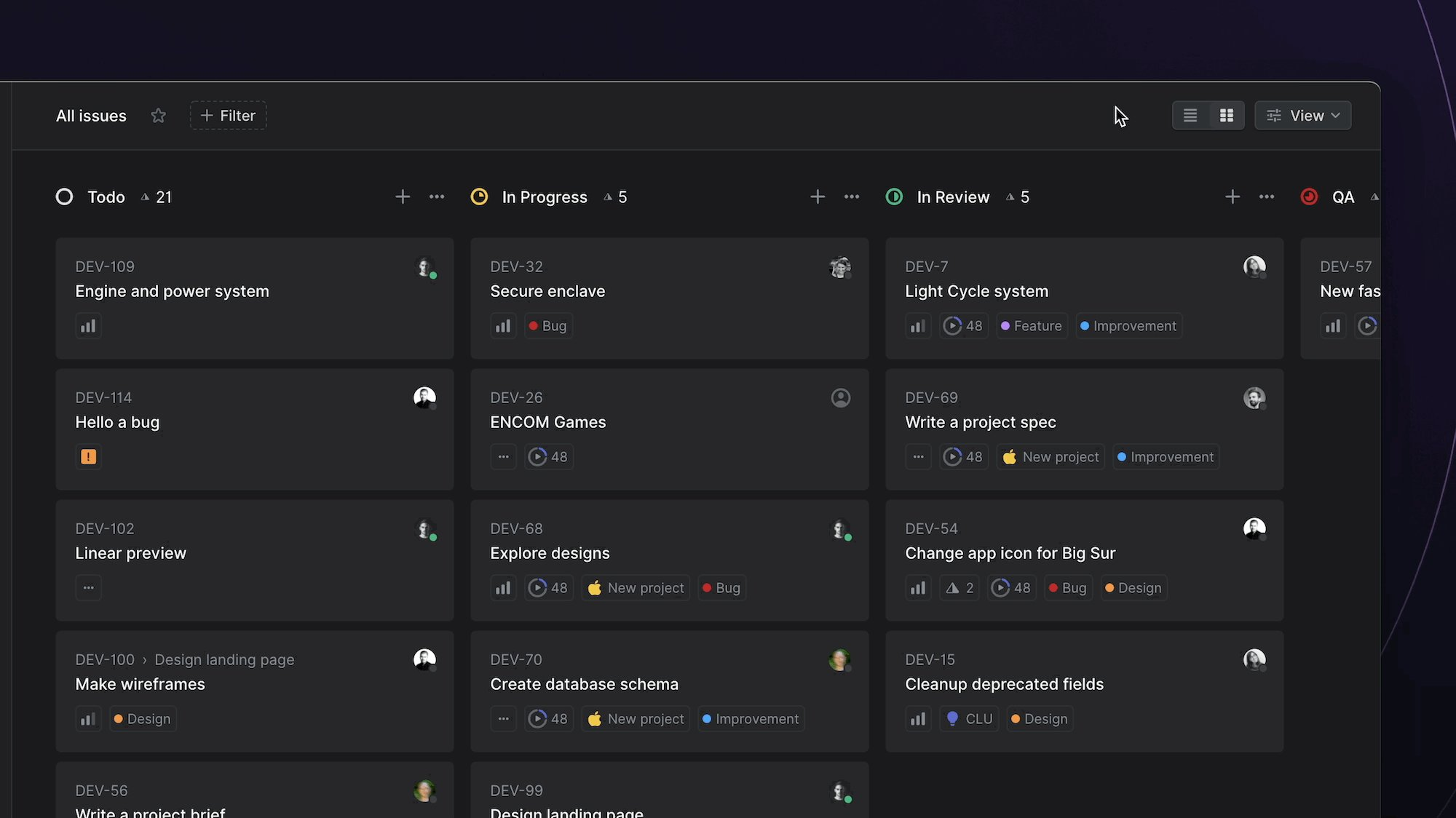Beyond Slack: The New Workway | 매거진에 참여하세요
Beyond Slack: The New Workway
#Slack #AsyncWork #ToolStack #Linear #Notion #Tools #Alternativ
Beyond Slack: The New Era of Work Communication Tools .
When Slack Was the Center of Work
Back in the mid-2010s, Slack burst onto the scene with a bold promise: to kill email.
Fast messaging, channel-based organization, powerful integrations—it redefined how teams communicated. It wasn’t just a chat app; for many startups and tech teams, it became the operating system of work.
But then came the backlash.
“Too many conversations. I can’t focus.”
“Hard to keep up if you miss a few hours.”
“Is this really helping us get things done?”
Slack was great for real-time chatter.
But when it came to asynchronous collaboration and context preservation, cracks began to show.
And into those cracks, new players quietly stepped in.
Linear: More Than Just an Issue Tracker

Why did Linear rise?
Legacy issue trackers like Jira and Asana were built for project managers.
But for the people doing the actual work—especially developers—they often felt heavy and slow.
Linear flipped the script. It focused on workflow, speed, and clarity.
The result? A tool purpose-built for doing, not just managing.
Three things that make Linear stand out:
Keyword | What it Means |
|---|---|
Speed | Blazing-fast UI. Instant transitions. Fluid interactions. |
Structure | Clear hierarchy from Projects → Teams → Issues → Status → Timeline |
Integrations | GitHub, Notion, Slack, Vercel—all connected out of the box |
Slack is where talk happens.
Linear is where talk becomes trackable work.

From “Talk” to “Flow”: How Teams Are Evolving
You’ll hear it in modern teams:
“Just drop the issue in Linear.”
“Leave updates as comments there.”
“The PR auto-updates the status—don’t worry.”
The result? Fewer conversations in Slack.
More structured updates in Linear.
Less noise, more flow.
Old way:
Slack → Chat → Task described → Manually added to Jira → No clear follow-up
New way:
Linear → Create issue directly → Status auto-updates → Comments tracked → History + context preserved
Design That Speaks to Builders
Linear’s interface feels almost like Figma.
Every animation is snappy. The UI is sleek.
It has the minimalist feel that lets developers stay in the zone.
Some even call it “the beautifully designed Jira.”
That tells you everything you need to know.
Beyond Slack: Work Is Now Tool-Centric, Not Chat-Centric
In today’s best-performing teams, the center of gravity has shifted.
It’s no longer Slack. It’s the build process:
“Issue” → “Docs” → “Status” → “Result”
Toolstack by domain:
Domain | Tool Examples | Communication Type |
|---|---|---|
Development | Linear, Height | Issue-driven, fast iteration |
Design/PM | Notion, Figma | Component + document-centered |
Management | Threads, Almanac | Async decision logging |
Meta layer | Slack, Notion links | Context and notifications |
Slack’s role? It’s becoming the notification hub, not the core conversation space.
The Future: Teams That Choose Tools Wisely Win
It’s not about “which tool” anymore. It’s about how you choose them.
-Rapidly changing teams → Go with Linear, not Slack
- Documentation-heavy orgs → Notion + Loom combo
- Dev-heavy teams → Discord + GitHub + Linear
- Global async teams → Threads or Twist
The age of pouring everything into Slack is over.
Now it’s about your tool mix strategy—optimizing for quiet collaboration, deep focus, and context continuity.
Slack will remain the inbox.
But the real work? It’s already happening elsewhere.
We no longer work in Slack. We work beyond it.






